On May 23, a day after the opening of phase one of Legacy Tower, another significant milestone was reached in Texas Children’s Hospital’s storied history. At 7:15 a.m., a 9-month-old boy was taken back to a new, state-of-the-art operating room for the first surgery in Legacy Tower, Texas Children’s new home for heart, intensive care and surgery.
Watch this video highlighting the clinical features of Legacy Tower, including the facility’s new operating and transitional ICU rooms.
Dr. Larry Hollier, surgeon-in-chief, Dr. Edward Buchanan, chief of plastic surgery, Dr. Howard Weiner, chief of neurosurgery, and Dr. Robert Dauser, neurosurgeon, along with a team of anesthesiologists, nurses, physician assistants and operating room staff, performed the successful craniofacial procedure. Following the surgery, the patient was taken to the hospital’s new neurological ICU, a first-of-its-kind unit dedicated to pediatric patients who require specialized neurological care.
“As the largest and busiest department of surgery in the country, we are called upon every day to perform some of the most complex surgeries on the sickest of children,” said Hollier. “Legacy Tower is an answer to those calls, and this is the first of many positive outcomes in our new home.”
Weiner agreed and said the new tower is a game changer that will allow various teams at Texas Children’s to offer better family-centric care.
“This is a huge day at Texas Children’s Hospital,” he said. “It’s a privilege to be here and to be part of something so transformational.”
Phase one of Legacy Tower, Texas Children’s 640,000-square-foot expansion, officially opened on May 22 with six technologically-advanced operating rooms for neurosurgery, orthopedics, plastic surgery, transplant and pediatric surgery – one with intraoperative MRI – and 84 ICU beds, including dedicated surgical, neurological and transitional ICU rooms. This milestone will help Texas Children’s continue to provide the highest-quality care possible to patients and families, particularly those children who are critically-ill.
Beginning at 7 a.m. on May 22, seven specially-trained clinical teams safely transported 45 critically-ill patients to their new, spacious, state-of-the-art critical care rooms. More than 150 Texas Children’s staff members were involved in the move, and the careful transfer of the patients took seven hours.
Click here to view a video and photo gallery of the patient move to Legacy Tower.
Dauser said the Legacy Tower, specifically the operating rooms and their location to other specialties and services, are fantastic.
“Having the ability to conduct an intraoperative MRI in a room adjacent to one of the ORs has tremendous advantages,” he said. “Having an ICU dedicated to neuro patients also is a plus.”
Buchanan said such features provide the perfect environment for him and his colleagues to treat some of the sickest and most complex patients in the country.
“We all are very excited,” he said.
The second phase of Legacy Tower will open in September and house Texas Children’s Heart Center®, ranked No. 1 in the nation by U.S. News & World Report for cardiology and heart surgery.


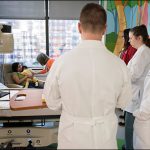
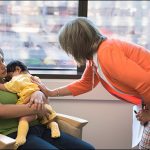
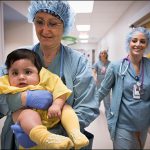
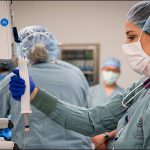
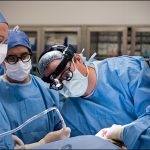
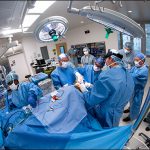
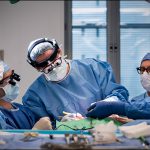
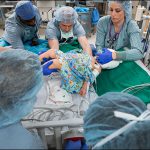
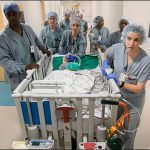
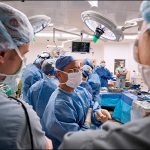
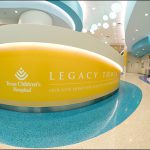
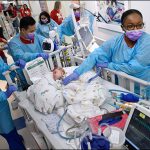
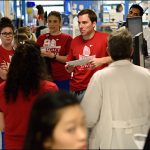
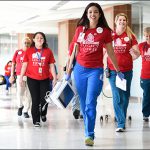
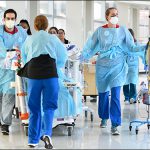

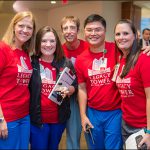
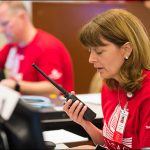
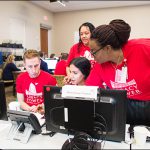
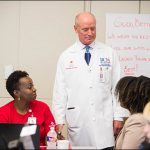


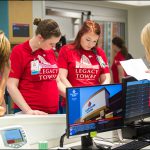
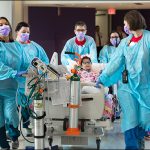
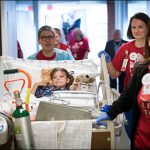
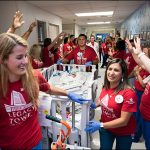
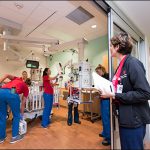
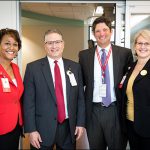
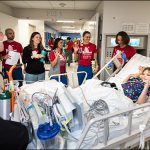

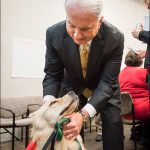
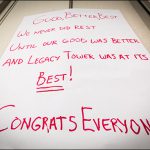


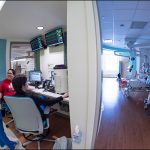
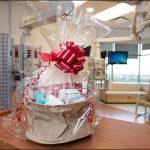
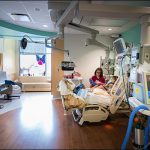


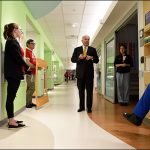
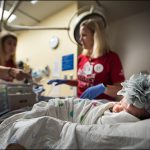
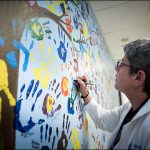
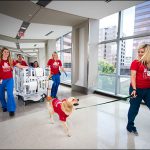
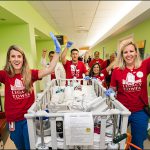
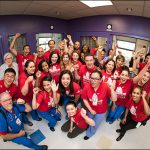
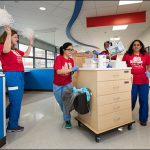
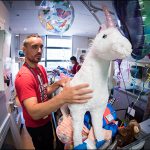
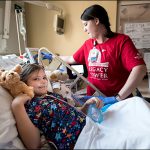

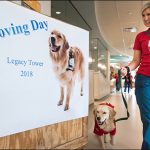
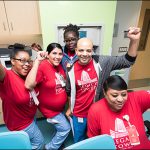
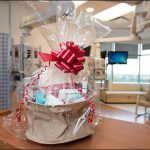
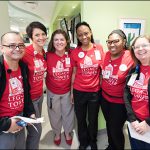
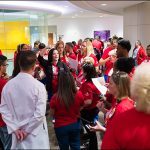
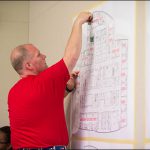

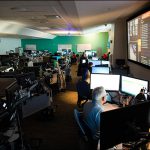

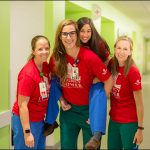
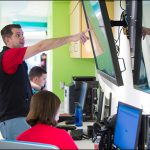
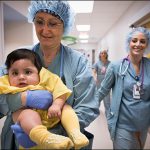
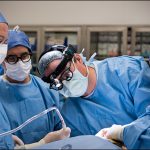
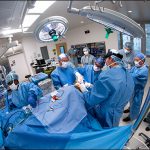
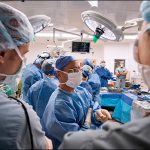
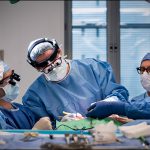
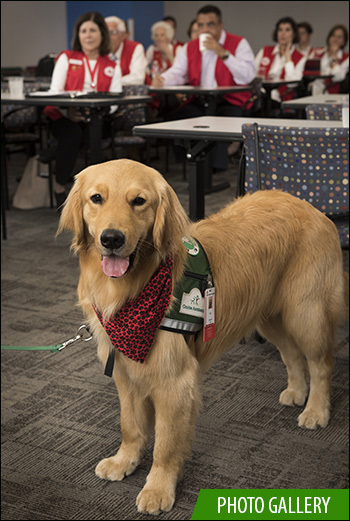 It is only right for the newest employees to formally greet the people who had a hand in bringing them on the team. That was the case when Pinto, Texas Children’s newest therapy dog, had his official meet-and-greet with The Auxiliary board members.
It is only right for the newest employees to formally greet the people who had a hand in bringing them on the team. That was the case when Pinto, Texas Children’s newest therapy dog, had his official meet-and-greet with The Auxiliary board members.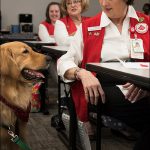
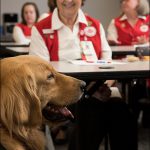

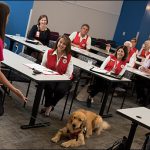
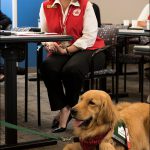
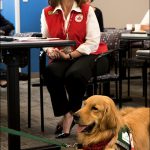
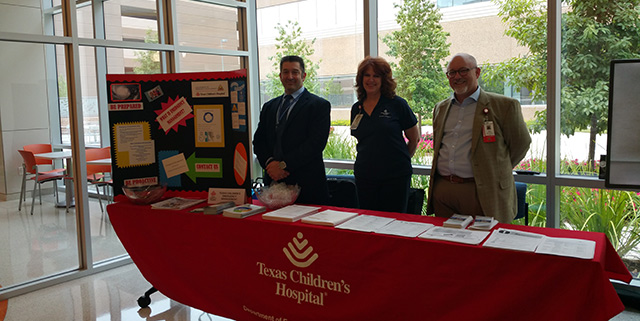
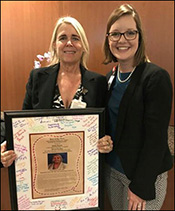 One extremely deserving employee earned the Best of the West award. On May 18, Cindy Baurax, supervisor of Respiratory Care at Texas Children’s Hospital West Campus, was presented a plaque signed by many of her colleagues for her exemplary work.
One extremely deserving employee earned the Best of the West award. On May 18, Cindy Baurax, supervisor of Respiratory Care at Texas Children’s Hospital West Campus, was presented a plaque signed by many of her colleagues for her exemplary work.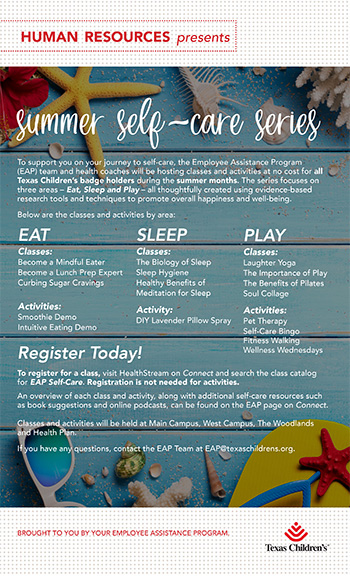
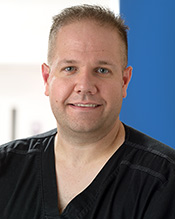 David Butler, April 2018 Employee
David Butler, April 2018 Employee